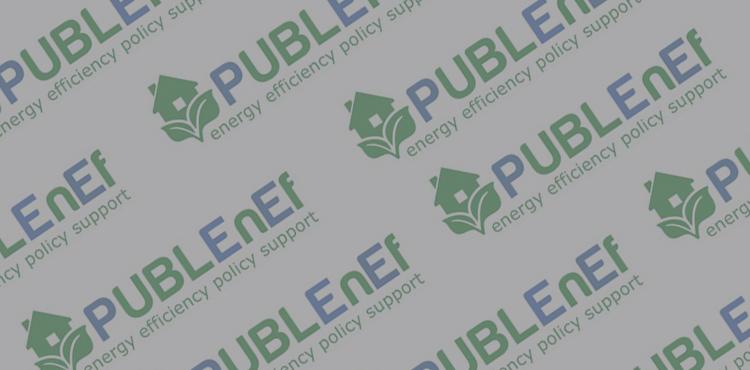
The EnergyPLAN model is an input/output computer model for Energy Systems Analysis. It simulates the operation of national energy systems on an hourly basis, including the electricity, heating, cooling, industry and transport sectors. The main purpose is to assist the design of national energy planning strategies on the basis of technical and economic analyses. General inputs are demands, RES, energy plant capacities, costs and a optional different regulation strategies emphasizing import/export and excess electricity production. Outputs are energy balances and resulting annual productions, fuel consumption, import/exports and total costs including income from the exchange of electricity. The EnergyPLAN software is free to download, considers the three primary sectors of any national energy system, which includes electricity, heat and transport sectors.
The EnergyPLAN software is free to download, considers the three primary sectors of any national energy system, which includes electricity, heat and transport sectors. One of the most accessible methods of creating flexibility is the integration of the electricity, heat and transport sectors using technologies such as combined heat and power (CHP) plants, heat pumps, electric vehicles, and hydrogen. Therefore, for certain objectives, this can be an essential issue for a study.
• insufficient information on training possibilities (art. 17)
• insufficient information on technical tools (art. 17)
• lack of in-house expertise about technical tools (art. 17)
• absence of other tools supporting energy efficiency measures development (art. 17)
• absence of support organisations in your territory addressing energy efficiency matters (art. 17)
• support organisations have unsufficient competency and knowledge (art. 17)
• national monitoring and reporting isn't undertaken to demonstrate progress achieved towards national energy efficiency targets (art. 24)
• individual public bodies aren't aware of their progress towards their energy efficiency targets (art. 24)



